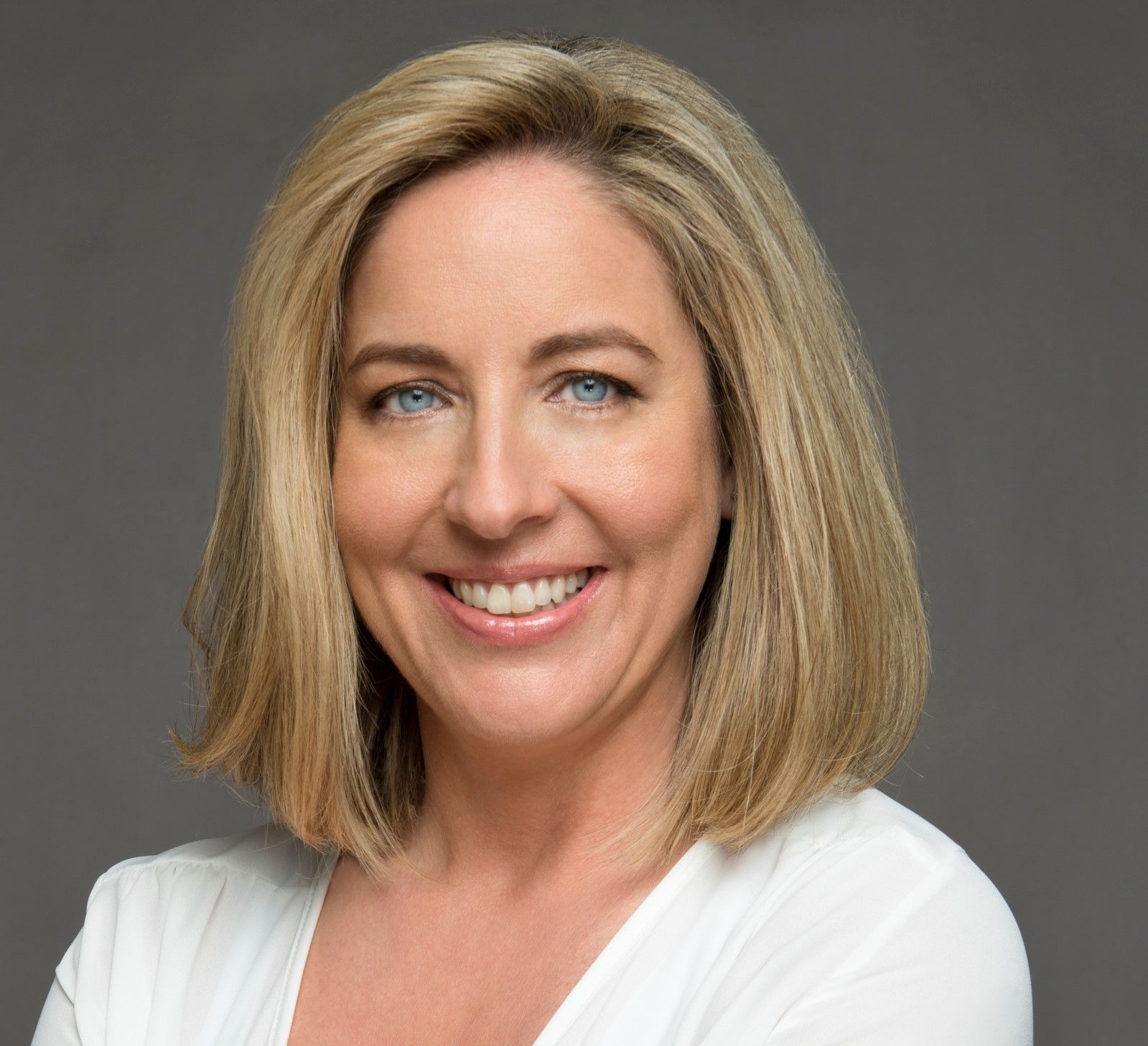To Polish Up Podcasting, Nielsen Service Marries Consumer Data and Listening

With more than 700,000 podcasts and counting available, brands are hunting for gems while podcast producers pitch their shows as the must-buy standouts. However, despite enthusiasm for the medium from both sides and ad forecasts that call for double-digit growth, the podcast industry has been stymied by limited metrics. Now, research giant, Nielsen, is stepping in to try and fill some of that void.
Later this summer, they will launch the Nielsen Podcast Listener Buying Power service, a twice-yearly subscription report that integrates Nielsen Scarborough consumer behavior data with detailed insights on podcast listening. It will provide granular information on how listeners interact with a dozen podcast genres, 2,000 retail and purchase categories and hundreds of individual advertisers, from insurance companies to retailers to restaurants.
So, a brand interested in reaching Millennials who eat at quick-service restaurants and use online banking could see if those consumers prefer true crime or news podcasts and decide to advertise in those genres. Demonstrating where this kind of listening and consumer behavior intersect will allow for more nuanced conversations on how a podcaster can meet an advertisers' objectives, said Bruce Supovitz (below right), Nielsen's senior vice president/sales director of National Audio Services and one of the architects of the new service, along with Tony Hereau, vice president, Client Analytics. Currently, when a podcast seller goes into an agency, Supovitz said they are limited by basic information, which may include downloads, program details and if the host can do an endorsement spot. By utilizing the new Nielsen tool, he says a pitch immediately goes from broad to highly relevant.

"All of a sudden, you can turn the conversation and connect it right to what the advertiser wants to know: How are you connected to me? How does this help me understand my audience or my shopper? How is my shopper matching up with the profile of your listener?" Supovitz explained.
With podcast ad spend projection to hit $1 billion by 2020, according to the latest Interactive Advertising Bureau forecast, podcast sellers and ad buyers are hungry for better data to close deals. Podcasters want to wean their dependence on direct response advertising to grow brand advertising, and demonstrating actionable value is critical to that. For their part, agencies and marketers want insights on who is listening, what their habits are and if that intersects with their objectives. To launch the product, Nielsen has teamed up with some of the biggest names in podcasting as launch subscribers, including iHeartMedia, Cadence13, Stitcher, Westwood One and cabana. Information will be released twice a year and will be available on web-based software.
It may help advance conversations. When Cathy Csukas (below left), co-chief executive officer of cabana and AdLarge Media, speaks with marketers, she said the most frequent question they ask is: "Who is listening?" With the new Nielsen Scarborough data, "advertisers can dig deep into the listener profiles of different podcast genres to target individuals with lifestyle interests and buying habits that match those of their customers," she said. "That's incredibly valuable to marketers and ad agencies, and particularly so to brands."
Other companies are expanding podcast measurement, including Edison Research, which publishes quarterly podcast ratings but only for subscribers. Apple now issues some limited generic listening data, including demographics and time spent listening. And publishers are commissioning their own effectiveness studies, including reports from Nielsen.
 For now, Nielsen doesn't publish podcast ratings like it does for the TV and broadcast radio industries, although Supovitz says that is technically possible. (To accurately measure podcast listening, he said the major podcast listening apps would all have to participate, or measurement would not be complete.) Rather, the company is focusing on qualitative measurement, banking that Nielsen Scarborough will make the new service standout.
For now, Nielsen doesn't publish podcast ratings like it does for the TV and broadcast radio industries, although Supovitz says that is technically possible. (To accurately measure podcast listening, he said the major podcast listening apps would all have to participate, or measurement would not be complete.) Rather, the company is focusing on qualitative measurement, banking that Nielsen Scarborough will make the new service standout.
Agencies, brands and media companies are already familiar with the 30+-year-old Scarborough database, Supovitz noted. The service's biannual survey already asks respondents if they are podcast listeners. To capture information on podcast listening, Nielsen recontacted participants that identified as podcast users and sent them additional, detailed questions, like their favorite genres, where they listen and how they learn about podcasts. Those responses can then be layered with other Scarborough consumer data and spit out detailed information on potential audience targets.
Other podcast surveys and reports "don't connect to this database, which is all about the buying habits, the purchasing habits and the shopper," Supovitz said. "This isn't like a new service. It's a proven commodity that has a very deep database," he added.
In an effort to drill down to specific shows, Nielsen will allow subscribing podcast producers to submit select titles to the questionnaire in addition to the 18 genres. To start, Nielsen will include about 50 specific podcast titles and eventually broaden, Supovitz mentioned. However, to stay away from a ranker scenario and encourage selling the strengths of a podcaster's shows, Nielsen is only allowing them to see results for their programs.
While podcasting is a democratized medium – all you need is a microphone and an Internet connection to produce a show – Nielsen's service is best suited for large podcast networks and brands that want to buy ads on established shows or genres with sizable reach. To glean reliable information, Nielsen needs to receive enough responses. But that means the service likely won't cater to smaller podcast producers.
While not for everyone, this service could be an important stepping stone for some podcast advertising. Nielsen expects brands will be comfortable using familiar Scarborough data and applying it to a new medium, transforming podcasting from an experimental platform to a known commodity.
"This really helps them get closer to making an educated buy and finding the people who are most interested in their products and services," Supovitz concluded.
Click the social buttons above or below to share this story with your friends and colleagues.
The opinions and points of view expressed in this content are exclusively the views of the author and/or subject(s) and do not necessarily represent the views of MediaVillage.com/MyersBizNet, Inc. management or associated writers.


